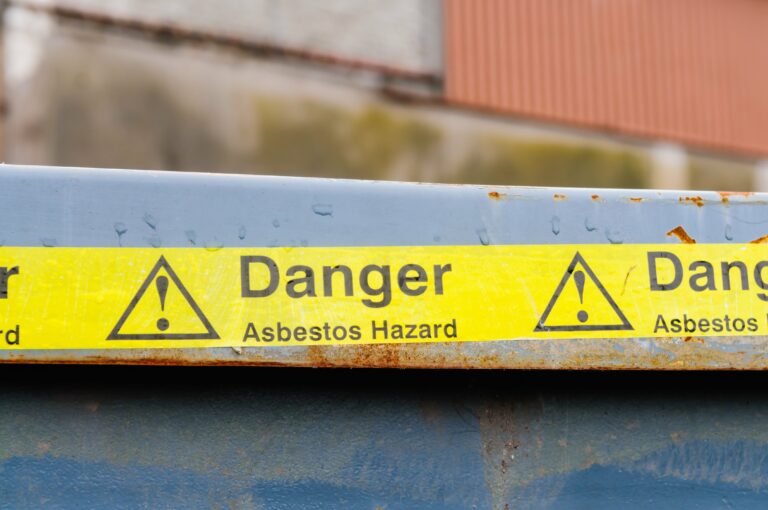Running a school is a risky business. But just how do you define “risk”?
By law schools must be run in ways that make sure “so far as is reasonably practicable” that employees, pupils and visitors are not exposed to health or safety risks under the Health and Safety at Work, etc., Act 1974.
Local authorities, governors and trustees are required to carry out risk assessments identifying the risks in schools under the Management of Health and Safety at Work Regulations 1999. Risk assessments are vital in lawfully managing risk exposure. They help school employers decide what steps should reasonably be taken to prevent or reduce the risks in their schools.
Risk assessments should identify significant risks and ignore little ones. A risk is the chance of something causing harm. How big a risk is depends on the chances of that harm happening.
Unfortunately, school employers often fail to understand what “risk” means. Poor understanding leads to Health & Safety law being misinterpreted and broken or daft ‘elf & safety decisions, for example, where a:
- Gloucester school banned girls from wearing frilly socks for fear they tripped over.
- Hampshire school refused to allow a pupil to bring in a baby chick for his presentation due to concerns about spreading bird flu.
Playground Incident
The Court of Appeal helped explain risk in the important 2008 case of R v Porter:
Under the HSWA the HSE prosecuted the employer-headmaster Mr Porter for causing a risk of falling from steps to which kindergarten children had unsupervised access.
The school had a higher and lower level playground with steps between them. Children were in the playgrounds during break. A supervising teacher was briefly missing when a three year old pupil decided to play on the steps and jump from the fourth bottom step. The child suffered a head injury and died.
What “risk” really means
Although the regulations refer to significant risks, the courts use other terms. The Court of Appeal in Porter said a risk should be “real” and not fanciful or hypothetical. In deciding whether schools have lawfully managed risk courts ask two questions:
- First, have they made sure children are not exposed to real risk by being at school?
- Second, if children are exposed to real risk, then have schools reasonably done everything to avoid that risk happening?
Cases are decided on their own facts but relevant factors in whether risk was real in Porter included the fact:
- No accidents happened before or during daily breaks.
- Playground supervision had not changed.
- Nothing was wrong with the steps.
The school’s risk assessment did not identify any risk in the different playground levels or steps but was not criticised. The CoA said the fact a young child might jump from one height to another was part of everyday life. It added that if the risk was truly part of everyday life there was less chance the injured had been exposed to risk.
The risk in Porter was that if not closely supervised, children might go down steps themselves. The CoA decided this risk exposure was not enough to be liable under the HSWA. Therefore, the second question of whether Mr Porter had reasonably done everything to avoid the risk was not considered. In reassuring schools, the CoA said “no one sensibly suggested that in every school – to which young children have access, a child must be constantly supervised when the child chooses to go down stairs”.
Summary
Mr Porter’s school did not break Health & Safety law. The child had not been exposed to a real risk particularly as there was nothing wrong with the steps and there had been no previous accidents.
There is no requirement to guard against fanciful or hypothetical risk. Nevertheless, schools have a heavy responsibility in assessing risk particularly as:
- Working out the difference between real and fanciful can be tricky.
- The law expects the highest level of protection in the circumstances of each case.
Contact Ellis Whittam to learn more about safely managing the risk in your school.








